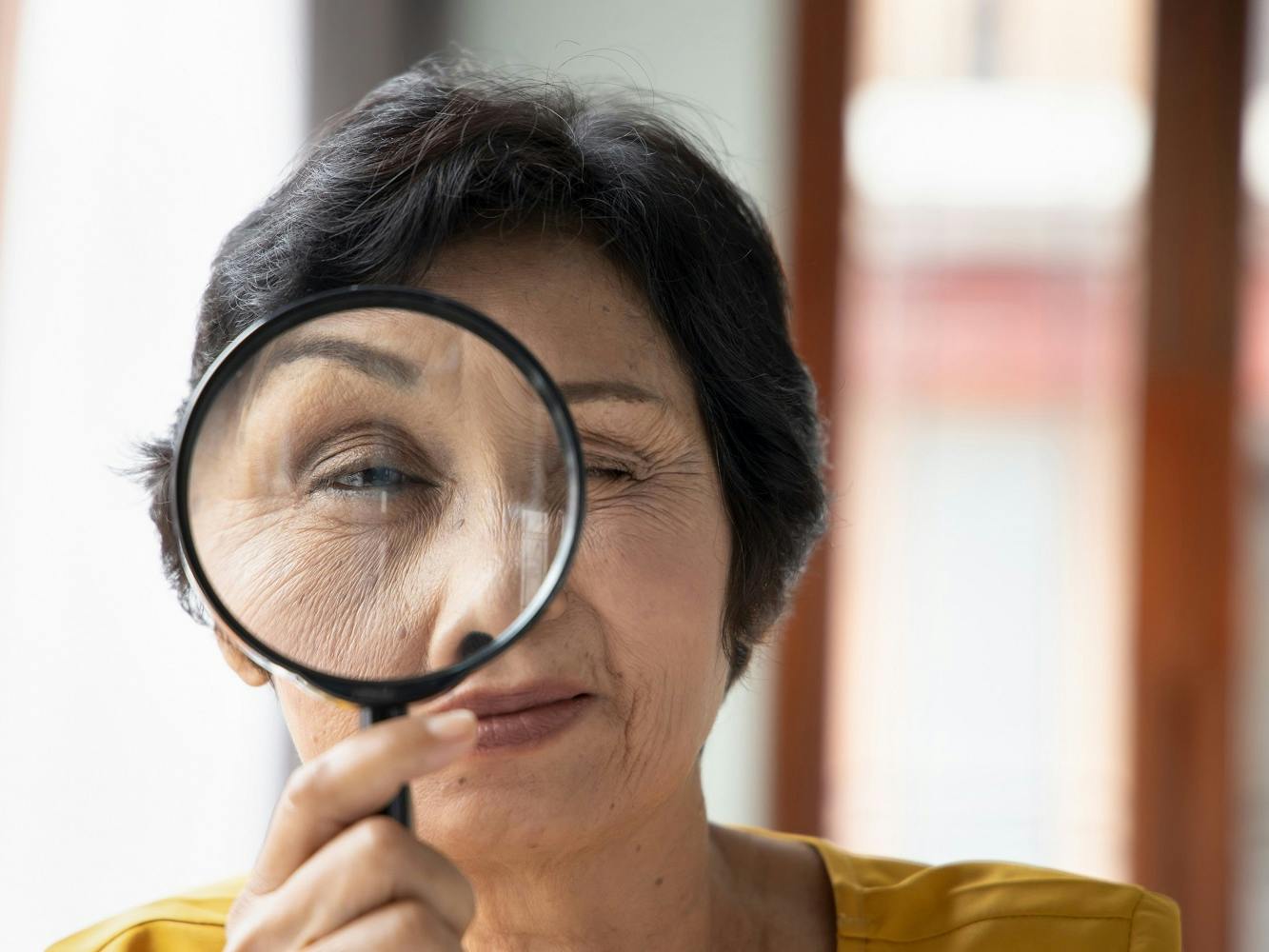
Learn the ABC(DE)s of skin cancer and new apps that can help with self-exams.
Dermatologists say we should be checking our skin at home each month, looking for new or changing spots and moles. That’s the best way to catch skin cancer.
According to the American Academy of Dermatology, nearly 10,000 people are diagnosed with skin cancer every day, and one in five Americans are expected to get skin cancer at some point in his or her life. Some skin cancers, like basal cell carcinoma, are highly treatable if found early. But others, like melanoma, which accounts for 10 to 15% of skin cancer cases, can be aggressive.
Self-exams can make a big difference, according to dermatologic and cosmetic surgeon Hooman Khorasani.
"Fifty percent of melanomas are picked up by patients themselves or a family member," Dr. Khorasani told Shape magazine. "Take ownership of your moles."
But it can be hard to remember to do a self-exam every month, let alone remember what that weird-looking brown mole on your arm looked like 30 days ago. And if you’re one of the lucky people with dozens of moles, good luck keeping track of them all.
Apps that can help
Thanks to modern technology, there are now apps that can help you keep track of your moles and skin spots. Here are three that might help you on your skin detection journey.
UMSkinCheck
This free phone app through the University of Michigan helps you to upload photos to create a history of how your moles look over time. The app comes with reminders for performing self-exams and educational literature and videos on skin cancer. For Android and Apple.
Molescope
Like UMSkinCheck, the free Molescope app lets you document a mole’s appearance over time and sends reminders for self-exams. But to use the app, you first buy an imaging device that attaches to your phone. The device uses special magnification and lighting to capture high-resolution images that your phone’s camera alone cannot match. You can send any photos of suspicious looking moles to your dermatologist to find out if you should make an appointment. For Android and Apple.
Miiskin
The free version of the Miiskin app allows you to photograph your moles and compare them side-by-side with earlier photos. Premium versions of the app offer extras like mole measurement and an artificial intelligence-powered skin mapping system that can identify any new spots that have appeared. For Android and Apple.
It’s important to note that none of these apps will diagnose skin cancer. They’re used for tracking changes in your skin over time.
The ABC(DE)s of skin cancer
Now that you’ve got these great photos of your moles, what should you be looking for? The ABCDEs is an acronym to help you remember the characteristics of skin cancer and what to look for when examining your moles, spots, and lesions.
- A = Asymmetry. One side of a mole or lesion is different from the other.
- B = Borders. The borders of a mole are irregular or jagged.
- C = Color. The color of the mole varies. A mole can be black, brown, red, blue, white, or purple, but it’s important that a single spot doesn’t have several colors in one.
- D = Diameter. The mole is more than 6 millimeters in diameter, which is a little bigger than a pencil eraser.
- E = Evolving. The mole is noticeably different from the others you have on your body, or it has changed over time.
If any of these characteristics pertain to your skin spots, be sure to go to your doctor to rule out skin cancer.
How Medicare Can Help
Detecting skin cancer early can make a big difference in your prognosis. Original Medicare will provide coverage for treating skin cancer or having a suspicious mole examined. But Medicare Advantage plans sometimes do more, such as covering important annual full-body skin screenings with a dermatologist. Your Advantage plan may also offer discounts you can use when buying sunscreen. Compare Medicare Advantage plans in your area with our easy-to-use Find a Plan tool.
Additional resources
Find a Medicare Plan
Internal Website Link
American Academy of Dermatology: Skin Cancer
External Website Link
Shape: How Often Should You Have a Skin Cancer Screening?
External Website Link



